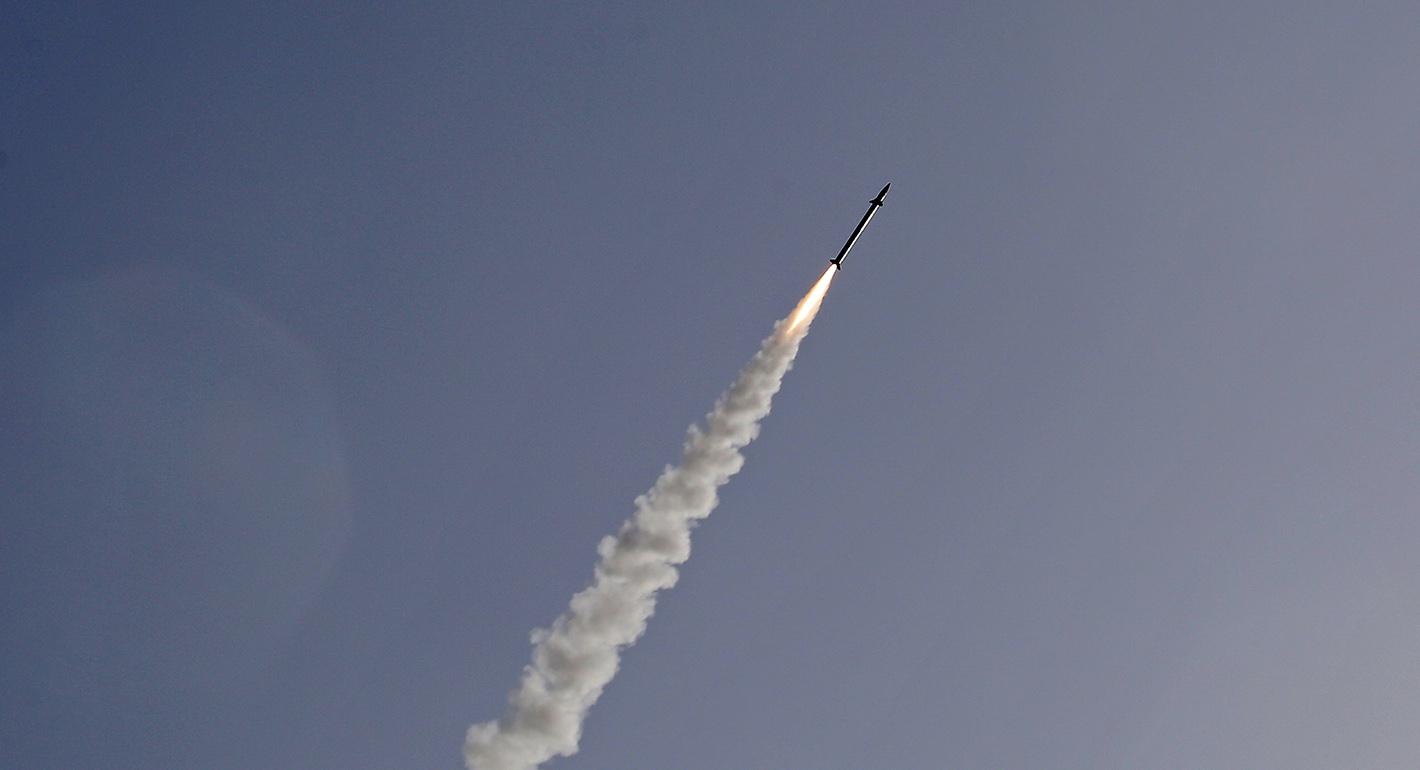Source: Center for Global Security Research, Lawrence Livermore National Laboratory
The international debate about nuclear risk has catalogued many different kinds of risk and danger. But two stand out as especially salient: the risk of the nuclear arms race and the risk of employment of nuclear weapons arising out of a conventional conflict. The five nuclear weapon states (NWS) have a special responsibility to contain these risks. They also have a responsibility to try to manage the risk posed by nuclear proliferation. Constructive action by the five is both necessary and possible. But they face many challenges to such action, including the limits on their ability to cooperate given their wariness of each other.
This essay explores four areas to focus improved NWS cooperation to reduce nuclear risk. These include efforts to:
Prevent decoupling of NWS nuclear policy communities
Frame principles for cooperative nuclear risk reduction
Address areas of concern about future strategic military balances
Elevate and deepen existing dialogues
